Sooner or later, all large-scale model railroaders are required to modify their motive power or rolling stock. At first, it could be something as simple as changing couplers or adding metal wheels. Later projects might be more complex, such as adding an on-board battery pack, radio control receiver, or sound board. Whatever the project, having the proper tools for the job will reflect directly on the quality of the finished project.
The following is a list of tools that I frequently use at my train workbench. Some are common, but are worth mentioning because they are indispensable. Others may be peculiar to the projects that I have undertaken, but may be of interest to other large-scale model railroaders. Some hard to find tools have the web site address of a suggested supplier and their part number shown. But shop around, prices may vary.
Acetone is a fast drying solvent used for cleaning airbushes, paint jars, and spray can tips. Some caution is required because it will melt some plastics and remove paint from any surface.
Allen Head Bolts make cheap drivers for small nuts like those used to install Kadee couplers. I shrink-wrap the threads for comfort. For tough to remove nuts, the bolt can be placed in a reversible drill.
Ceramic Cutting Boards, although usually found in the kitchen, they are absolutely the best surface to cut masking tape shapes for windows when spray painting. They are dead flat, perfectly smooth, and won’t scratch. Even most glues and paints can be removed from their slippery surface. They can also be used as a background for digital pictures.
The Chopper III will cut thin pieces of wood and plastic to length quickly and accurately. Adjustable stops permit the exact duplication of pieces up to 12 inches in length. Miter cuts are a snap with the 30, 45 and 60-degree guides. It can also be used to accurately mark larger pieces to be cut with other tools. The blades are inexpensive and should be changed regularly.
Hint: Make shallow cuts into a number of sides of thicker styrene strips or tubes before cutting all the way through. This will keep the cut square and accurate.
Supplier: NorthWest Short Line
Tool Name: Chopper III
Circuit Testing Boards (modular breadboard IC sockets) can be used to assemble and test electronic devices and circuits before installation. They are indispensable for radio control and battery power conversions. A fuse should always be used when testing electronics.
Clothes Pins, which are cheap even by the box, can be used as small clamps. They can be cut and filed into any shape, including the inside gripping surface. They are also perfect for holding small parts while spray painting.
A Combination Caliper has a display graduated in 64ths of an inch on the inner portion of the face and 100ths of an inch on the outer portion. As well as the obvious use for direct measurement, they are ideal for measurement conversions to and from fractions.
Supplier: Harbor Freight
Tool Number: 92437
Cotton Swabs can be used with solvents such as WD-40 or rubbing alcohol for cleaning.
Double-Sided, Carpet Tape can be used to hold small parts in place for a test fit. Kadee couplers can be fastened to car frames while the holes are being drilled and mounting screws installed. Because it is thin, it can be left in place.
Double-Sided Foam Tape, also sold as mirror tape, can be used to attach components instead of glue. Although it is strong enough for most purposes, the component can be removed if needed. The tape and glue can be removed with WD-40 on a cotton ball without harming most painted surfaces. Rubbing alcohol will remove the WD-40 and leave the surface dry and clean.
UPDATE: Long term testing has shown that foam tape inside locomotives shells will dry out over time. While I still use it to keep batteries from sliding, when possible they are also secured with a cable tie. Hot glue is now used to fasten heat generating components such as receivers and sound boards in place.
Emery Boards, commonly used for filing fingernails, are a cheap and effective method of sanding and filing models. They are available in a number of different grits, and can be shaped with scissors to reach into confined spaces.
Excel Awls make finer marks or lines than a pencil or pen. They can also be used to indent a starting point for small drill bits, or score plastic sheets and perf boards with precision and safety.
Files, Keith of MLS writes, are my favourite and most used tools by far.
High Speed Drill Bits can be used in either a pin vice or drill press. This selection contains the most frequently used sizes from 1/32 to 1/8 of an inch.
Hockey Shin Pad Tape is an inexpensive, flexible and water-resistant tape. It will stretch to conform to odd shapes and can be cut to a clean edge with a razor knife. It removes easily and will not leave a sticky residue. If you think duct tape is handy, buy a roll of this!
Hot Glue enables semi-permanent fastening of electrical components, plastic windows, etc., with clear adhesive. It can usually be removed without damaging parts or paints.
Incremented Rulers have fine guide holes and slots, in 1/32nd inch increments, that effortlessly places your awl point exactly on target. This allows even those with ten thumbs and fading eyesight to measure and mark with precision.
Supplier: Micro-Mark
Tool Number: 81569
J-B WELD from the auto section of Canadian Tire can be used to repair the stripped threads in plastic parts. J-B Weld requires 24 hours to cure, but J-B Kwik will cure in 5 minutes and may be more suitable for most model work.
Mix a small amount and apply it with a toothpick to the stripped threads. When dry, drill a hole about 1/32nd of an inch smaller than the screw and use the screw to tap new threads. Because JB Weld contains powdered metal it will not crumble like ordinary epoxies.
Kadee Grippers, with their five prong jaws, seize small screws and allows them to be started in awkward places. Thanks to OVGRS member Doug for this suggestion.
Kadee Track Gauges make mounting couplers a breeze, and are sold in both G and Gauge 1 scales. I found the back-to-back wheel gauge a bit too wide, so I filed it to 1.57”.
LED Tester Adding the female connector from a two-pin plug set to a twin, AA battery holder makes an cheap and easy tester for 3.6 volt white LEDs. To test 2 volt coloured LEDs, add a 100 ohm resistor in one of the wires. The battery holder with switch is available from Radio Shack and most electronic shops. The leads of the LED simply slip into the connector for testing.
Locomotive Stands Do not spend a lot of money on rollers to test your locomotives. Glue a piece of 1 1/4 x 3/4 inch pine to a piece of hardboard. Slip it under the motor block(s) and the wheels are raised just high enough to let them turn freely. Note the Annie block has a groove sanded in it with a sanding drum to clear the gearbox bulge.
Magnifiers with built in lights save eyestrain and allow you to work with increased accuracy.
Masking Tape is essential if you spray paint. Good quality tape should be used or the paint may bleed under the edges. After reacting with paints, poor quality tape may be difficult to remove and leave glue on the model.
Micro-Brushes can be used to apply or remove a tiny amount of liquid adhesive, paint, lubricant or solder paste. These tiny, disposable brushes have bendable handles that let you reach those hard to get areas. Although plastic, they can be cleaned in Acetone.
Mini-Clamps hold parts securely while glue dries. Pivoting tips adjust to match surfaces being clamped.
Miter Rite Saws make angle cuts, up to 5/8 of an inch thick by 2 inches wide, in plastic and wood.
Supplier: Micro-Mark
Tool Number: 15215
Multimeters are indispensable tools when trouble shooting, measuring or testing electronic circuits and components.
A male, 2-wire connector can be added to a spare set of test leads so the voltage of batteries can be checked quickly.
The Nutcracker, a popular item at Christmas, is also the perfect tool for removing stubborn Floquil paint jar caps.
OLFA Circle Cutters are used to cut circles in picture mattes, but also work on styrene. Oddly enough, they work better backwards on plastic, as the blade tends to wander when used in the right direction.
Paint Markers are handy for touch-ups or detailing. Although available in a number of colours, both gloss and flat black are the ones I use the most often.
Parts Bins are essential to organize the myriad of bits and pieces required when repairing or building models. Bins should also be labeled to save time retrieving that particular nut, bolt, spring or detail part.
Perf Board, also known as printed circuit board (PCB), is useful for mounting radio receivers, lighting circuits, etc. It is available in many different patterns, but I have found the straight trace board to be the most useful.
Supplier: All Electronics
Part Number: ECS-4
If you have to drill a number of holes in a straight line, try using a perf board as a guide. Draw or scribe a line on your work, then line up the holes in the perf board to suit. Tape the perf board to your work and drill away. By using incrementally larger drill bits, the holes can be enlarged. The smaller the increment, the more likely the holes will remain centered on the line.
Phillips Screwdrivers are a must when working on large scale, motive power and rolling stock. This set, available at Radio Shack, The Source and Dollarama has swiveling heads and a convenient plastic storage box.
Pill Boxes, another dollar store find that has fourteen locking compartments and a contoured front side that allows small objects to be scooped out easily with a finger. Small locomotive parts and screws can be placed in order of removal in several adjacent compartments to make re-assembling the model easier. They could also be used to store small screws or parts. The printing on the see-through lids can be removed with Methyl Hydrate.
Play-Doh Don’t laugh! This dollar store item is indispensible. When you want to see if a battery pack or any other component will fit under the hood, no amount of measuring will give you the same information as a chunk of Play-Doh. Simply place it on the component and install the hood. The impression left in the Play-Doh will let you know immediately whether or not you have the required clearance. It peels off cleanly and stores well.
Pin Vises are especially suited for fine drill bits and taps up to 1/8 inch in diameter.
Pliers are essential for shaping metal strips and rod. From eyelets to coupler cut-bars, a variety of pliers can improve your scratch building possibilities.
Q-Tips are handy for mopping up excess glue or cleaning small holes, such as side frame bushings, and other tight spots.
Razor Knives and Blades can be purchased in inexpensive sets. Every project should be started with the right knife and a new blade.
Razor Saws, Tony of MLS writes, are used to cut everything. A figure’s torso is too long, out comes the saw. Need to turn popsicle sticks into lumber, out comes the saw.
Rubbing Alcohol is a versatile cleaning agent and solvent. From circuit boards to computer keyboards, it will clean and not harm most plastics.
A Sanding Block can be made from an 8 1/2 by 10 1/2 inch pieces of ¾ inch thick medium density fiberboard (MDF), some spray adhesive, and a sheet of emery paper. They are a quick way to make anything smooth and level. The edges can be used to sand and square up inside 90 degree corners.
Sharpies are excellent for touch-ups in any colour. Mistakes can be corrected with rubbing alcohol. The windows on my NW-2 had a silver outline (frame) that looked awful on a black switcher. I changed mine to black with this double edged Sharpie and a ruler.
Soft Cradles can be made from pine lumber and carpet foam, or the packing foam from a Bachmann locomotive carton. They hold motive power and rolling stock in a comfortable and safe position for working. They also protect parts and painted surfaces from damage, and can be placed flat when installing dry transfers or decals.
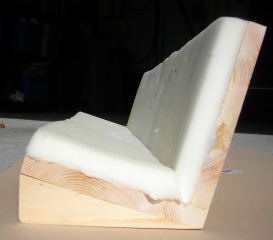
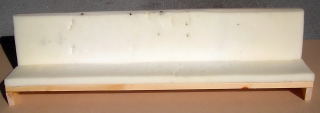 Soldering Irons can be used to remove or repair wiring and other electronic devices. Although not as fast as a soldering gun; they are less likely to harm circuit boards or components with excessive heat.
Soldering Irons can be used to remove or repair wiring and other electronic devices. Although not as fast as a soldering gun; they are less likely to harm circuit boards or components with excessive heat.
Spade Bits, although designed for woodworking, can cut perfect holes in plastic when used at low speed in a drill press. Shown is a selection from 1/4 to 1 1/2 inches that were purchased on sale for $10.
Dennis from MLS adds Forstner bits can be used to drill a flat bottomed hole, but care must be taken not to melt the plastic.
Squares provide perfect 90-degree angles. This inexpensive set with two, three, and four inch blade sizes; used to be sold by Harbor Freight. Now you have to shop carefully, as prices vary greatly.
Super Glue or CA will bond most plastic or metal parts with just a drop. Apply sparingly with a toothpick. A touch of Super glue kicker, sold at most hobby shops, will cure the glue instantly.
Telescoping Magnets are great for rescuing screws or small parts that have fallen to the floor. They can also temporarily magnetize a screwdriver to hold screws being lowered into tight places. As they can create havoc in a tool drawer, mine is hung within easy reach on the magnifier frame above my desk.
Third Hands keep your hands free for soldering or gluing, while work is held firmly at any angle required. They have three alligator clamps mounted in ball joints for flexibility and a heavy iron base for stability. Thanks to Duncan and Craig of MLS for this suggestion.
Titebond III Wood Glue is effectively waterproof, although not for marine use below the waterline.
Toolmakers Vises can be used on their base, nose or sides. This is one of my most used tools. Machined jaws have a capacity of 1 3/8 inches and their weight is sufficient to provide stability when working on small parts and circuit boards.
Supplier: Micro-Mark
Tool Number: 60282
Toothbrushes remove dirt and dust without harming plastic and painted finishes.
Toothpicks are inexpensive, disposable glue applicators.
True Sanders provide accurate sanding of end cuts on wood or plastic for a fine fit. The guides allow you to accurately true any angle for perfect mitered corners and square cuts.
Supplier: NorthWest Short Line
Tool Name: True Sander
Tweezers are cross locking and heat resistant. They are the easiest way to hold small parts, especially when gluing or soldering.
Supplier: Micro-Mark
Tool Number: 60904
Vegtable Oil and an old toothbrush are great for removing grease from large scale train parts. The oil can be washed off with Dawn dish detergent and hot water. It will also remove grease from you hands and wash off easily.
Wire Strippers are a must when repairing locomotive wiring or installing battery power and radio control.
WD-40 may not be good for plastic over the long run, but it can be used on plastic and painted metal for cleaning purposes. It is the absolute best for removing old labels, the mess left by masking tape, the ever popular duct tape, and double-sided tapes like carpet or mirror mounting tape (sometimes know as foam tape).
To remove a label, spray a cotton ball with WD-40 and rub the label with it. Let it sit for a minute to let the WD-40 soak into the paper. The label should peel right off. A second application will be required to remove the glue. Wipe up the WD-40 residue with a tissue. If you didn’t get all the glue, you will know right away. Rubbing alcohol will clean up any remaining WD-40. Soap and water will clean-up the rubbing alcohol if necessary.
Workboards are placed under small pieces to be drilled, cut, soldered, glued or hand painted. My 3 x 10 x 3/4 inch piece of pine is a mess with holes, slices, burn marks, glue and paint. Which is good; because the top of my workbench hasn’t a mark on it.
Zip-Lock Baggies are great for holding parts when working on a project. The large bags protect painted parts from scratches and the small ones keep screws and smaller parts from getting lost.

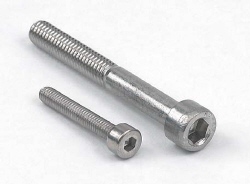
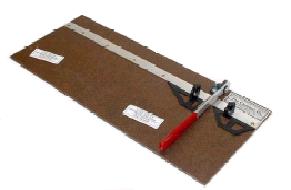
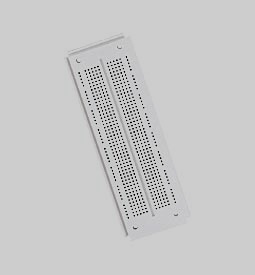
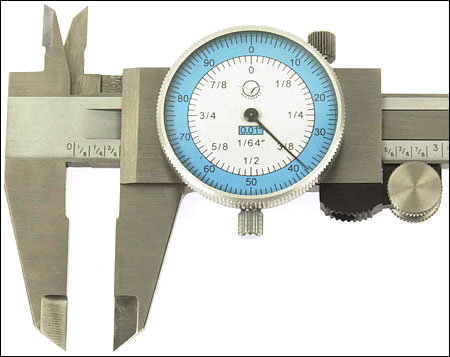

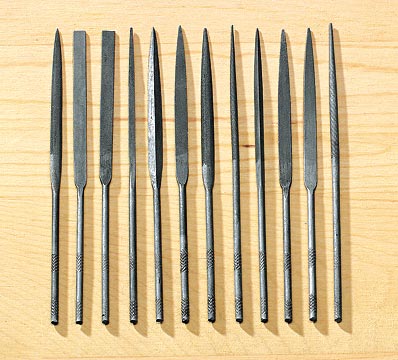
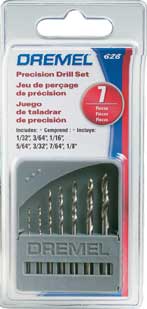

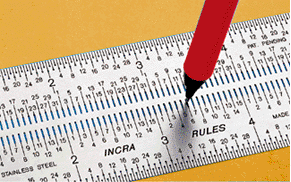
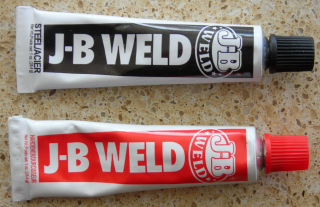



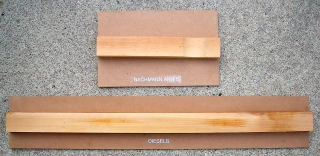
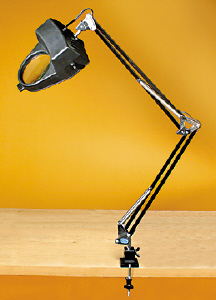

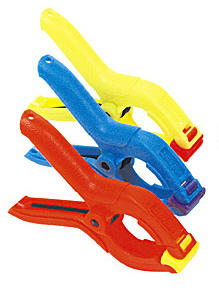
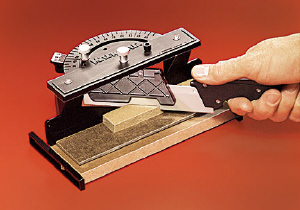
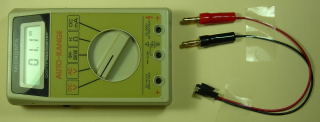
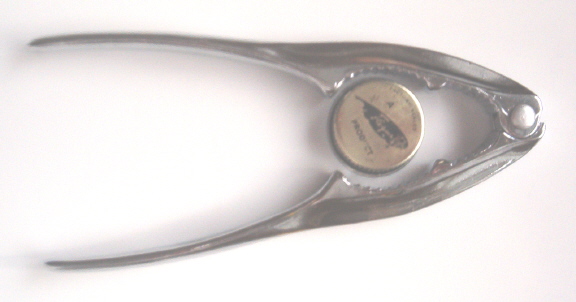
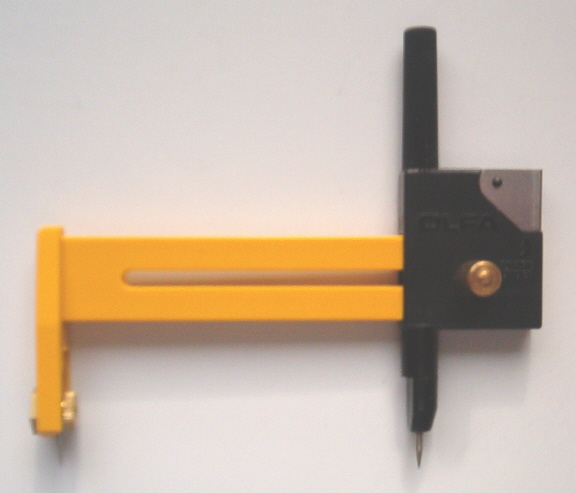
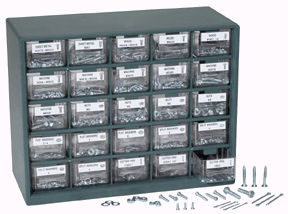
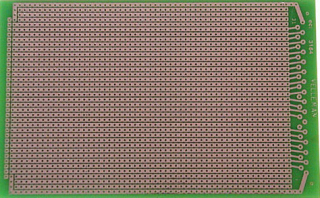
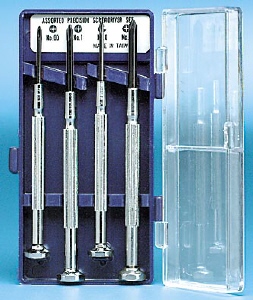

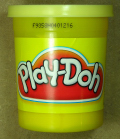

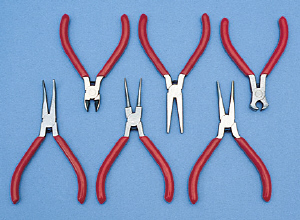
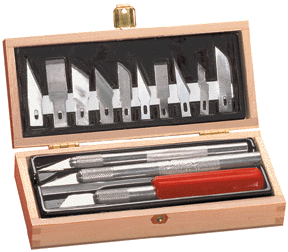


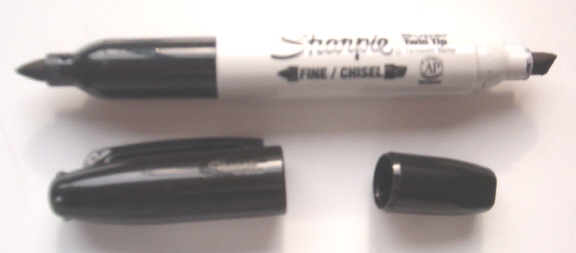

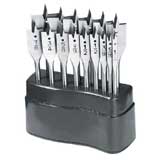

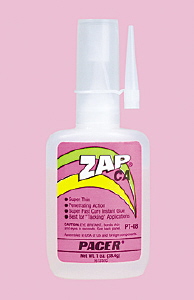
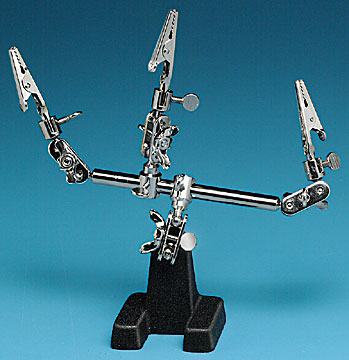
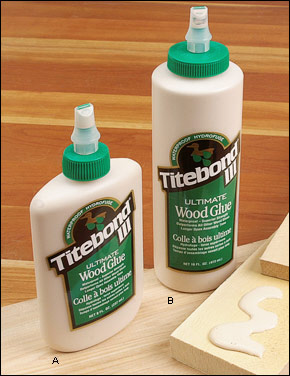
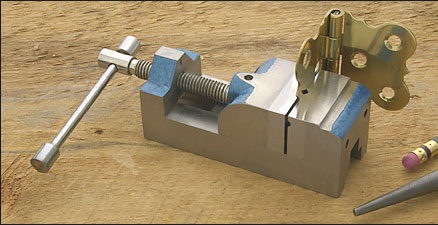
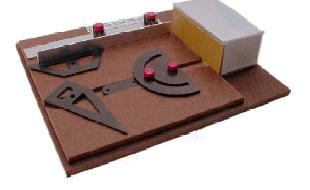


1 comments
Author
Hello Jean Paul.
I have never done a Locolink installation.
The person you want to speak to is John Burden of the Winona Garden Railway.
He use to sell and install Locolink products.
Winona Garden Railway
7457 Boyce Drive
Puslinch (Guelph) ON N1H6H9
Telephone: 519-763-WGRR (9477)
Email: john@wgrr.ca